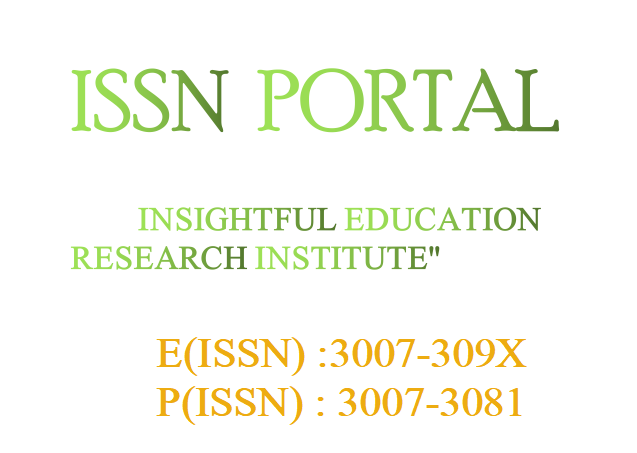TARGETED AND CONTROLLED DRUG DELIVERY IN CANCER: A NANOTECHNOLOGICAL APPROACH IN CANCER TREATMENT: A REVIEW OF RECENT ADVANCES
DOI:
https://doi.org/10.62019/qnpq4234Keywords:
Nanotechnology , Cancer Therapy, Nanoparticles, Drug Delivery, Targeted TreatmentAbstract
Nanotechnology has emerged as a transformative approach in cancer therapy, offering innovative solutions for improving drug delivery, diagnostics, and treatment precision. At the core of this advancement are nanoparticles, engineered to specifically target cancer cells while minimizing damage to healthy tissues. Their unique nanoscale properties allow for enhanced drug stability, selective delivery, and controlled release, overcoming many limitations of conventional therapies such as drug resistance, toxicity, and non-specific targeting. This review explores various types of nanoparticles used in cancer treatment, including metallic nanoparticles (e.g., gold and silver), polymeric nanoparticles (e.g., PLGA), and lipid-based nanoparticles (e.g., liposomes and solid lipid nanoparticles). Metallic nanoparticles provide versatile platforms for drug delivery and photothermal therapy, while polymeric nanoparticles offer sustained drug release and biodegradability. Lipid-based systems, known for their biocompatibility, facilitate targeted drug accumulation in tumors through both passive and active targeting mechanisms. The review also highlights the ability of nanoparticles to respond to stimuli such as pH and temperature changes, enabling site-specific drug release within the tumor microenvironment. Additionally, it discusses challenges related to the safety, scalability, and regulatory approval of nanoparticle-based therapies, which must be addressed for clinical translation. Overall, the integration of nanotechnology in oncology represents a promising frontier for developing next-generation cancer therapies. By enhancing treatment specificity and reducing adverse effects, nanoparticles hold the potential to revolutionize cancer care and significantly improve patient outcomes.







